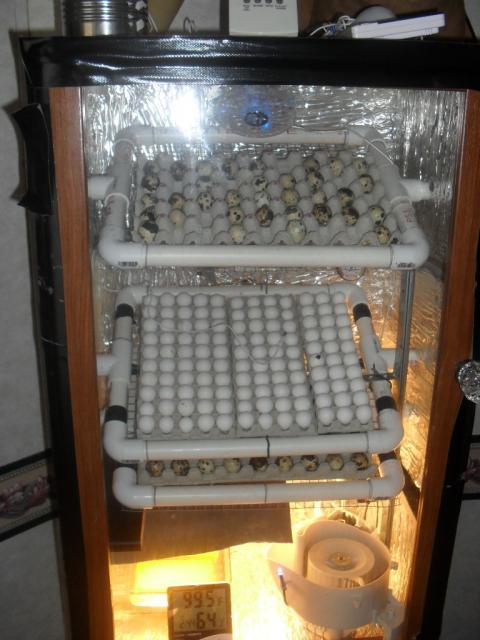- Feb 8, 2009
- 9
- 0
- 60
Hello all. I have been reading the boards (this and others) for several months now. I have read and read to the point that I feel delirious and confused. The conflicting information is overwhelming. Use preventative medication-- No only use it when there is a problem. 1 sq ft per bird -- No 2 sq ft per bird. Anyway, please bear with me as I have several questions that either I missed somewhere or don't remember seeing mentioned. 1) If I purchase eggs from a single supplier, can I put together breeding trios or must I get eggs from several suppliers? 2) Here in tropical south Texas, the humidity in my home is around 50%. Will the humidity in my incubator be the same without adding water or does the heat, fan, etc affect it? Curious- gonna find out when I fire it up anyway. 3) I built my incubator using two bulbs for heat. Do I need to put a jumper wire across the bulbs so that the other will continue to burn if one goes out or do they have something internal to account for that? 4) I am starting with two 40 watt bulbs. They don't seem to put out much heat. If the incubator is about 2.5 cubic ft and is kept in a 78 degree home, should this be enough? 5) As far as bulbs go, what is generally considered bettter? High wattage so that the temps can get back up quicker or low wattage for some other reason? Thanks. Hope to start my first eggs in a couple weeks. Will post pics of my Denis inspired incubator when I get a chance.
Stuart
Stuart
Last edited:








